Run Farther, Last Longer: Durable Running Footwear for Long-Distance Competitions

This is the heading
Lorem ipsum dolor sit amet, consectetur adipiscing elit. Ut elit tellus, luctus nec ullamcorper mattis, pulvinar dapibus leo.

This is the heading
Lorem ipsum dolor sit amet, consectetur adipiscing elit. Ut elit tellus, luctus nec ullamcorper mattis, pulvinar dapibus leo.
Selecting Durable Shoes for Marathons and Ultras
Interpreting wear ratings and lab tests
Abrasion metrics like DIN wear values and flex-cycle testing signal longevity, but field mileage matters most. Many durable road shoes last 400 to 600 miles, while ultra-light plated racers may fade faster. Combine lab data with honest, long-run observations.
Balancing durability with weight and fatigue
Heavier compounds often last longer but can add fatigue. Durable does not mean dense bricks; smartly placed rubber, stable geometry, and efficient foams deliver longevity without dead legs. Match the shoe’s trade-offs to your specific race demands and pacing strategy.
Fit for swelling and stability hours later
Feet can swell several percent after hours. Allow a thumb’s width at the toe, use midfoot lockdown, and choose platforms that remain stable under fatigue. A secure fit prevents slippage that shreds uppers and accelerates outsole wear during late-race efforts.
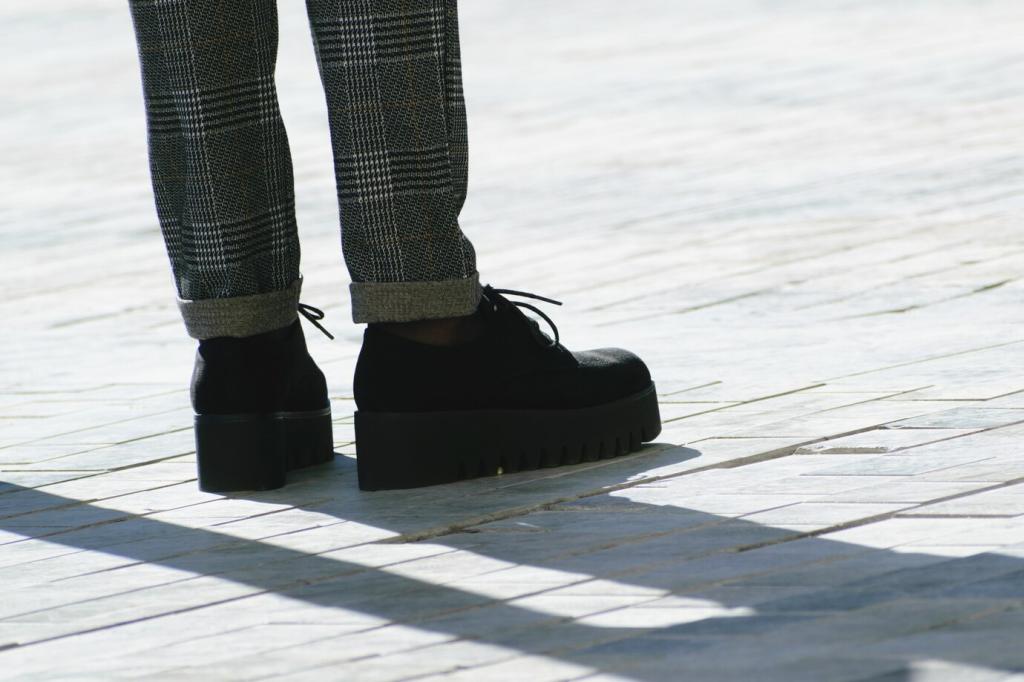
Berlin marathoner and the resilient outsole
A club runner hit slick blue paint near kilometer thirty but stayed upright thanks to a grippy, dense outsole compound. After 400 training kilometers and race day combined, the tread still showed even wear. Have you trusted a tough outsole in bad weather?
A 100K finisher saved by foam that held firm
At hour ten, a runner expected mushy cushioning. Instead, a resilient foam maintained stack and rebound, sparing their quads over endless rollers. The shoe looked battered, yet structurally sound. Share your longest run where cushioning still felt alive late.
Volunteer perspective at the aid station
Handing out flasks, a volunteer noticed delaminated uppers and peeling toecaps on some racers. The pairs that survived shared reinforced eyelets and welded overlays. Before your next start, inspect stitching and bond lines. Subscribe for our pre-race durability checklist.
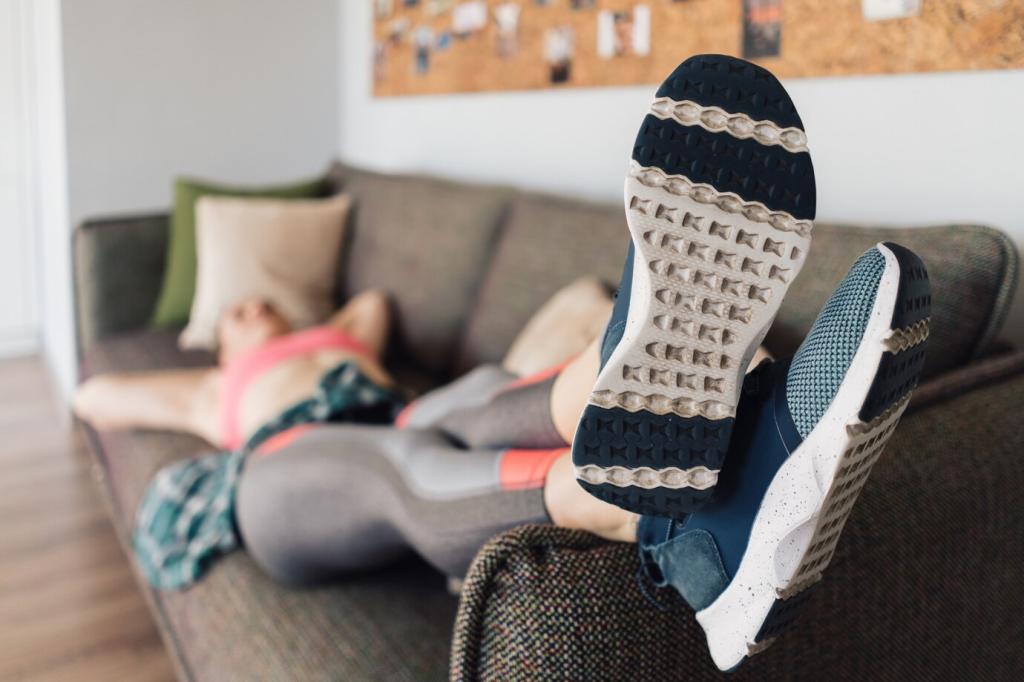
Skip the dryer and heater vents. High heat weakens adhesives and warps foams. Remove insoles, stuff with newspaper, and air-dry in shade. Rotating pairs allows full moisture evaporation, preventing mildew and midsole breakdown before your next long session.

Use mild soap and a soft brush to clear grit from flex grooves and lugs. Harsh solvents and aggressive scrubbing can degrade rubber and coatings, shortening effective grip life. Rinse gently, air-dry patiently, and your outsole will bite longer on race day.
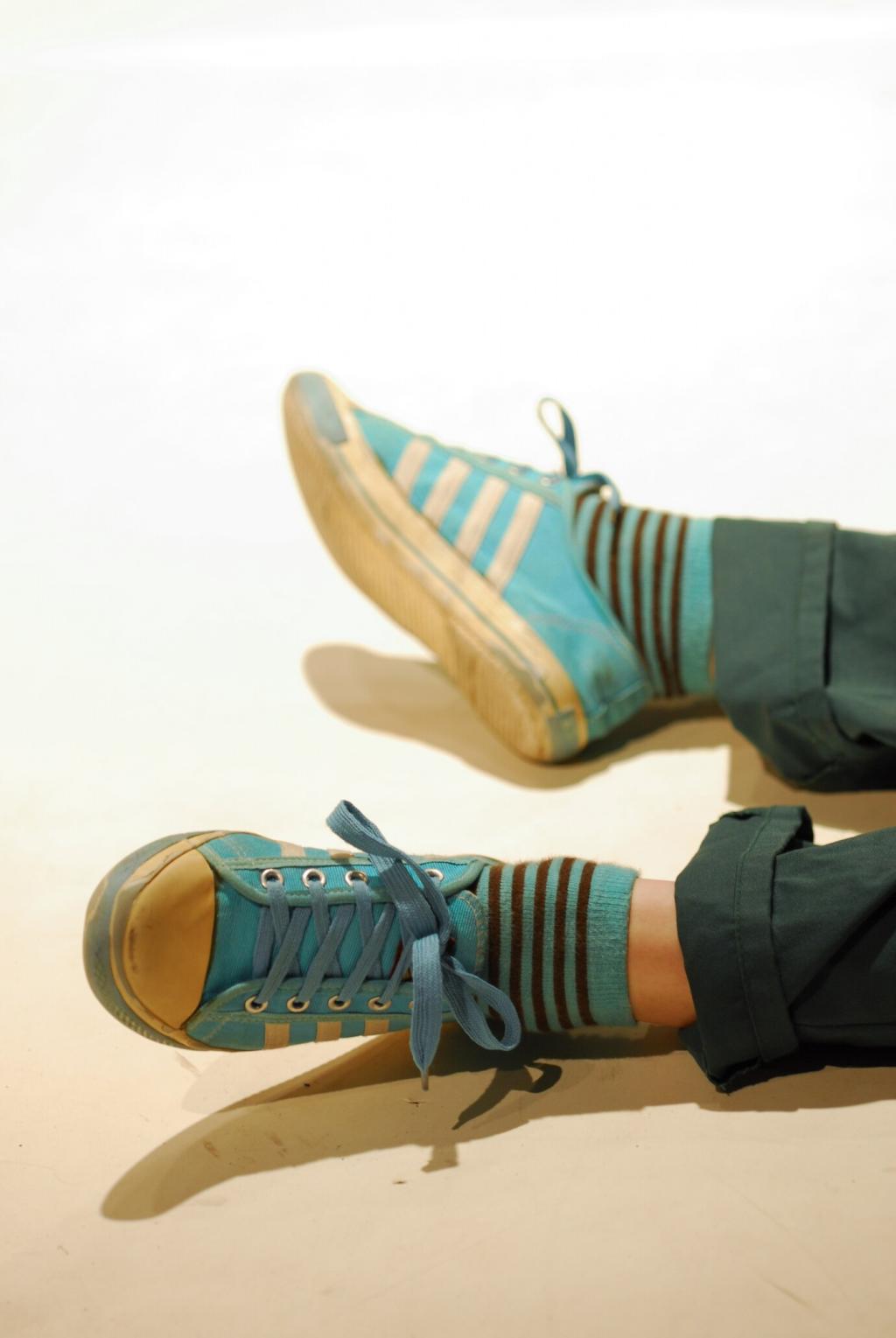
Foams rebound slowly after long runs. Give them twenty-four to forty-eight hours to recover by rotating shoes. Track mileage and surfaces, noting when rebound diminishes. Want a simple template to log pairs and conditions? Subscribe and we will send a handy tracker.
Race Conditions and Durable Grip
Look for tacky rubber formulas with siping that channels water away. Wider contact patches stabilize on painted lines and cobbles. Test your pair in the wet before race day to confirm the outsole grips without excessive wear on abrasive stone surfaces.
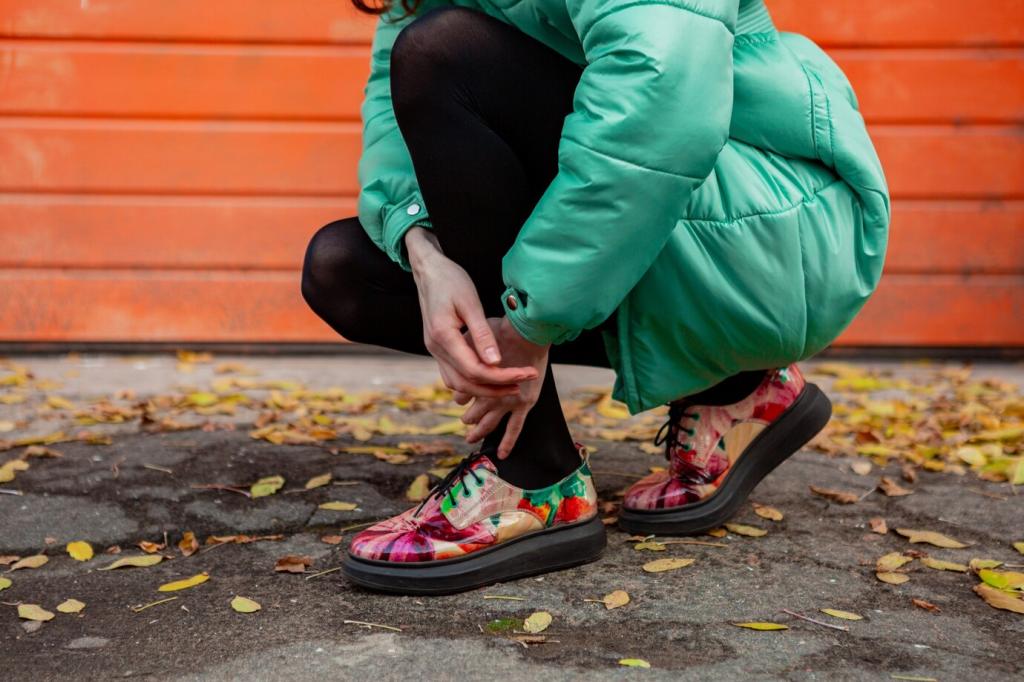
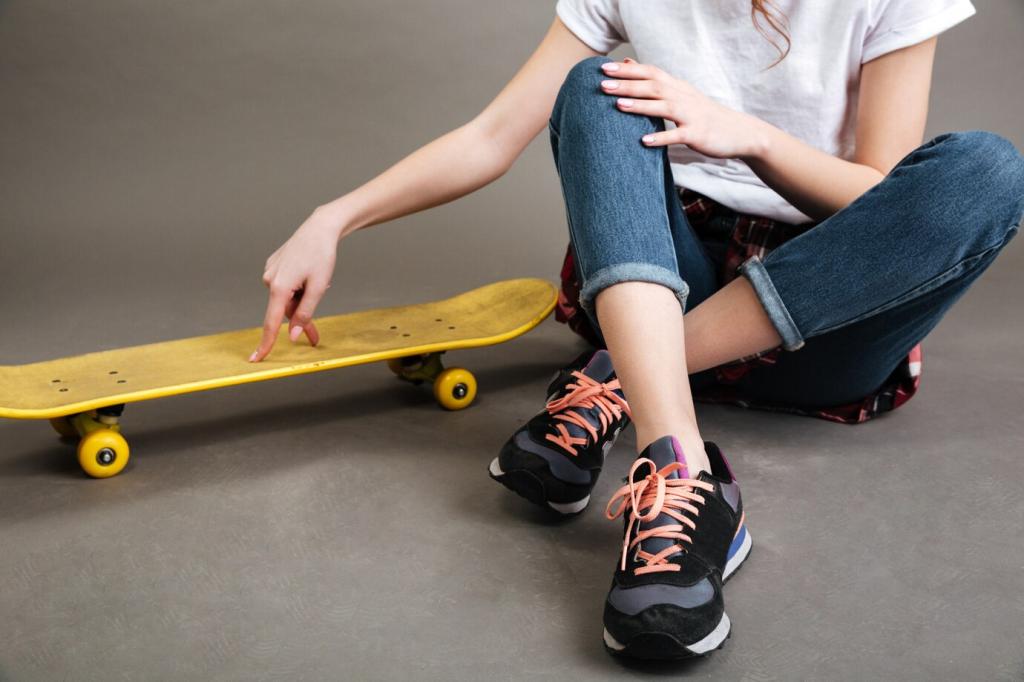

Sustainable Durability Choices
Materials that last and tread lighter
Recycled meshes with reinforced weaves, sturdy eyelets, and abrasion-resistant rubber extend lifespan while cutting impact. Seek repairable lace points and robust toe caps. When shoes last longer at race pace, you lower environmental costs without sacrificing performance or confidence.
Buying fewer, using smarter
Assess cost per mile instead of sticker shock alone. A slightly pricier, longer-lasting shoe can win the long game. Choose a versatile, durable model for most workouts and save softer pairs for race day. Share your best cost-per-mile success story.
Community swaps and second life
If durability remains but your goals change, pass on lightly used pairs for training partners’ easy days. Keep race-day shoes fresh while reducing waste. Tell us how your club handles donations, and subscribe for tips on evaluating second-life tread safely.
